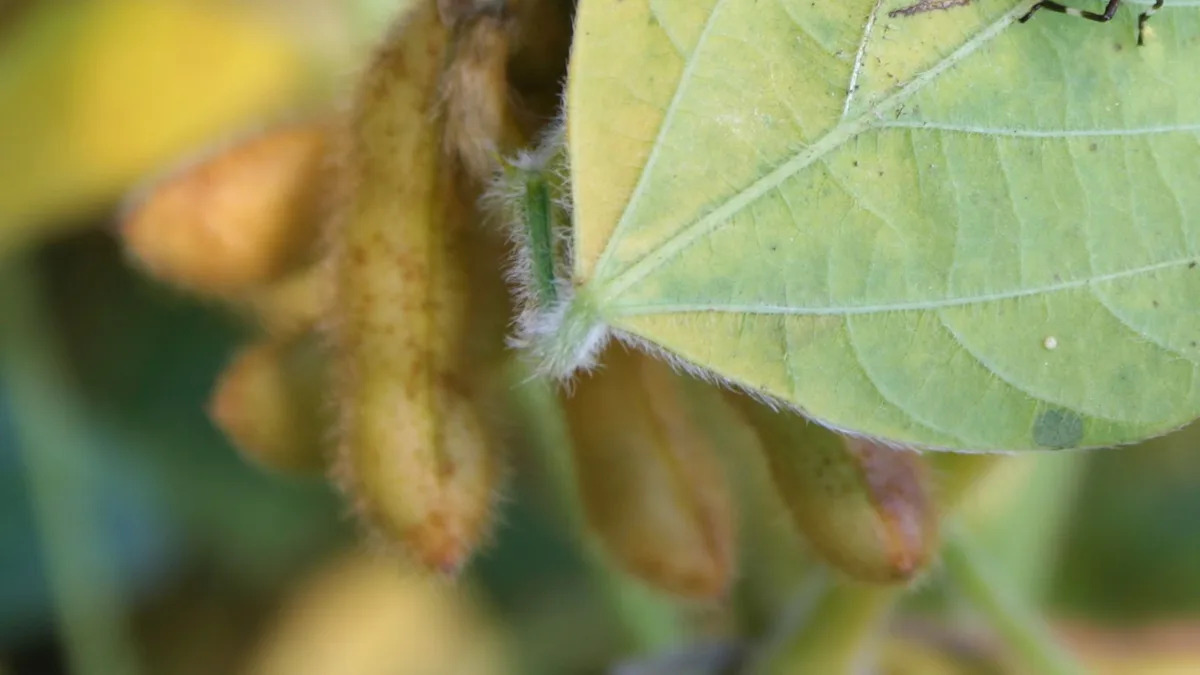If you thought the signature fall scent was pumpkin spice, think again: invasive stink bugs are bringing an aroma of their own to America.
What’s happening?
As temperatures drop and insects seek warmth, one species, the brown marmorated stink bug, is increasingly showing up in North American homes and buildings, according to The Weather Network.
This bug is native to Asia and was accidentally introduced to the United States in 1998. It has been wreaking havoc on crops since.
While not all stink bugs are invasive, the brown marmorated stink bug, which feeds on more than 170 plant species, has previously caused extensive agricultural damage.
“Their numbers are increasing,” Dr. Cynthia Scott-Dupree, professor of sustainable pest management at the University of Guelph, told The Weather Network. “If the weather continues to get warmer and the seasons get longer, there is potential for a third generation.”
Why is the increase of brown marmorated stink bugs concerning?
Though harmless to humans, stink bugs pose a serious risk to agriculture and biodiversity. In 2010, this species wiped out an estimated $37 million worth of apple crops in the Mid-Atlantic.
Unlike native species that help control pests, the invasive brown marmorated stink bug outcompetes beneficial insects and devours crops like apples, peaches, and soybeans, according to the Environmental Protection Agency.
Fewer healthy crops can lead to higher food prices, less stability for farmers, and added strain on food systems that are already impacted by rising global temperatures.
Similar invasive outbreaks, from the spotted lanternfly to lionfish, have shown how fast foreign species can take hold of an ecosystem and destroy it.
What’s being done about the stink bugs?
The U.S. Department of Agriculture is testing natural predators such as parasitic wasps to slow the spread of invasive stink bugs.
In the meantime, you can spot brown marmorated stink bugs by their shield-shaped brown bodies.
According to the EPA, the bugs’ telltale life stages are also helpful for identification. They begin as clusters of 20 to 30 pale green eggs laid on leaf undersides and become wingless nymphs with red eyes and black-and-white banded legs and antennae. In large groups, their smell is noticeable and may contain allergens.
The EPA instructs, “If you suspect you have seen brown marmorated stink bugs, contact your State Department of Agriculture, University Diagnostic Laboratory or Cooperative Extension Service for further advice on effective treatment and control recommendations.”
Join our free newsletter for good news and useful tips, and don’t miss this cool list of easy ways to help yourself while helping the planet.
